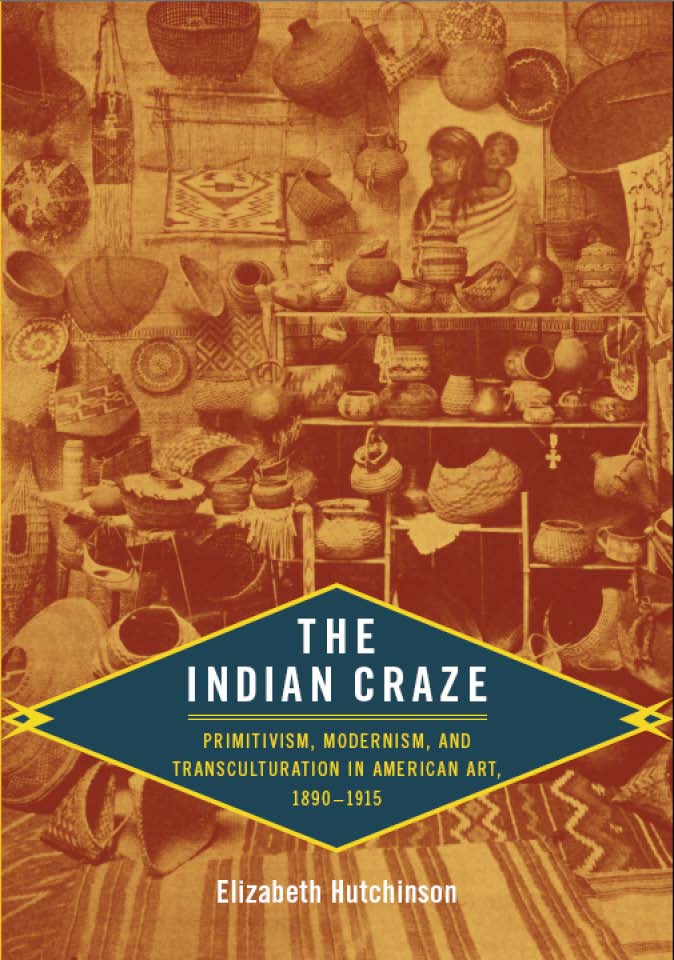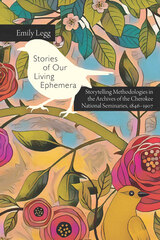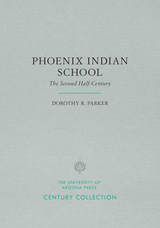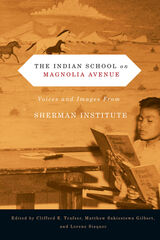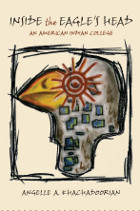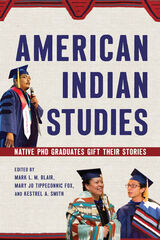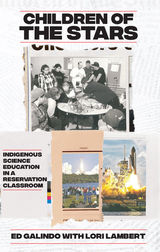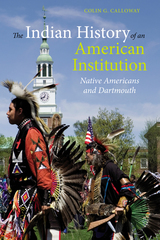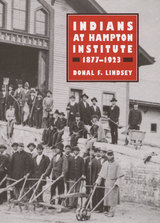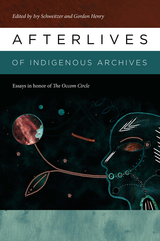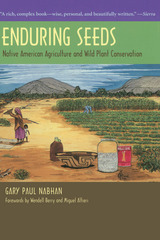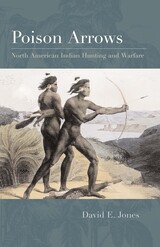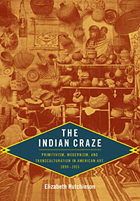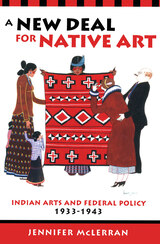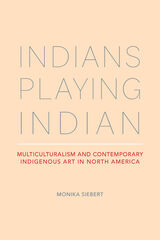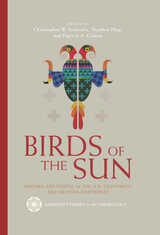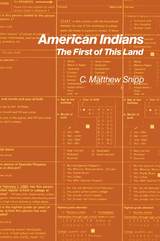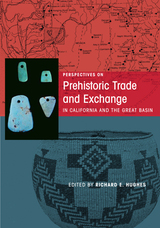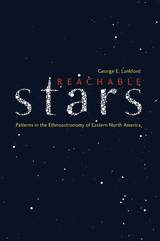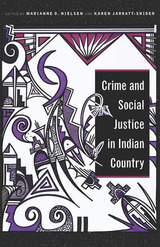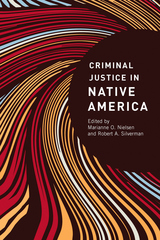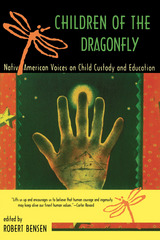“While the experience of modernism in less urban western places was no doubt different, modernism still must have been present. Without the insights of Hutchinson's book, however, historians could not even begin to identify modernism in rural America at the turn of the twentieth century. In short, The Indian Craze is a potentially paradigm-shifting book, one that will force new discussions of who participates in the modern world and how.”
- Flannery Burke, Journal of American History
“The Indian Craze revives a politically charged and artistically productive era, while challenging the binarism modern/antimodern art. . . . As Hutchinson effortlessly engages with the discourse on modernity, she also mindfully reveals that Native American art in all its forms is not a subclass of America’s art history, but is, in fact, part of its continuum, which early and substantially contributed to the ‘conversation’ about what counts as American art.” - Linda M. Waggoner, Great Plains Quarterly
“Hutchinson’s study demonstrates superior scholarship. It is detailed and nuanced and builds a complex and convincing argument. The Indian Craze provides a welcome and highly readable addition to the existing scholarship on this period.” - Jennifer McLerran, Journal of Arizona History
“The Indian Craze is an important addition to the art histories of Native North America and the United States alike. Hutchinson convincingly argues that the Anglo art world’s interest in Native American art and culture predates World War I, a few decades earlier than has generally been considered. . . . The Indian Craze shows us the innumerable benefits of attempting the difficult reconstruction of Native voices.” - John Ott, Visual Resources
“The stakes and interest of this excellent study go much beyond the limits of its specific historic topic, the sudden fashion of Native American art around 1900. . . . Hutchinson’s book will provide the reader with many valuable insights in mainly three fields. . . . First, it offers a careful and well-balanced description of what the Indian craze actually meant. . . . Second, the book is also a key contribution to a new understanding of modernism in Western art and culture. . . . Third, Indian Craze is also a major contribution to the issue of transcultural hybridization.” - Jan Baetens, Leonardo
“Hutchinson’s framework of cultural contextualization makes this a dynamic look at a compelling (and under-researched) topic. Illustrated with both black and white and color plates, this book is recommended for academic and non-academic audiences interested in the topics of American art, Native art, education, racial politics, or American history. It is a book that will spark curiosity and serve as the basis for future scholarship.”
- Heather Kline, ARLIS/NA Reviews
“The Indian Craze is a lucid and compelling account of the entangled histories of Native and European-American aesthetic and intersubjective exchange in the formative years of American modernism. Told with deep historical understanding, it restores subjecthood and agency to Native artists too often deprived of both by the persistence of primitivizing attitudes. Such studies as Elizabeth Hutchinson’s offer a very different, insistently hybrid history of modernism, sensitive to the ethical ambiguities that reside in virtually every instance of uneven encounter between colonizer and colonized. This is a long-awaited contribution to how we understand the complex cultural negotiations attendant on the growing aesthetic value accorded to Native arts around the turn-of-the-century.”—Angela Miller, lead author of American Encounters: Art, History, and Cultural Identity
“The Indian Craze is not only a delight to read; it is a major contribution to American visual cultural studies. Wearing her erudition lightly, Elizabeth Hutchinson participates in and adds appreciably to the transcultural critiques that so many of us are interested in now.”—Janet C. Berlo, co-author of Native North American Art
“The Indian Craze is an important addition to the art histories of Native North America and the United States alike. Hutchinson convincingly argues that the Anglo art world’s interest in Native American art and culture predates World War I, a few decades earlier than has generally been considered. . . . The Indian Craze shows us the innumerable benefits of attempting the difficult reconstruction of Native voices.”
-- John Ott Visual Resources
“The Indian Craze revives a politically charged and artistically productive era, while challenging the binarism modern/antimodern art. . . . As Hutchinson effortlessly engages with the discourse on modernity, she also mindfully reveals that Native American art in all its forms is not a subclass of America’s art history, but is, in fact, part of its continuum, which early and substantially contributed to the ‘conversation’ about what counts as American art.”
-- Linda M. Waggoner Great Plains Quarterly
“Hutchinson’s framework of cultural contextualization makes this a dynamic look at a compelling (and under-researched) topic. Illustrated with both black and white and color plates, this book is recommended for academic and non-academic audiences interested in the topics of American art, Native art, education, racial politics, or American history. It is a book that will spark curiosity and serve as the basis for future scholarship.”
-- Heather Kline ARLIS/NA Reviews
“Hutchinson’s study demonstrates superior scholarship. It is detailed and nuanced and builds a complex and convincing argument. The Indian Craze provides a welcome and highly readable addition to the existing scholarship on this period.”
-- Jennifer McLerran Journal of Arizona History
“The stakes and interest of this excellent study go much beyond the limits of its specific historic topic, the sudden fashion of Native American art around 1900. . . . Hutchinson’s book will provide the reader with many valuable insights in mainly three fields. . . . First, it offers a careful and well-balanced description of what the Indian craze actually meant. . . . Second, the book is also a key contribution to a new understanding of modernism in Western art and culture. . . . Third, Indian Craze is also a major contribution to the issue of transcultural hybridization.”
-- Jan Baetens Leonardo Reviews
“While the experience of modernism in less urban western places was no doubt different, modernism still must have been present. Without the insights of Hutchinson's book, however, historians could not even begin to identify modernism in rural America at the turn of the twentieth century. In short, The Indian Craze is a potentially paradigm-shifting book, one that will force new discussions of who participates in the modern world and how.”
-- Flannery Burke Journal of American History
